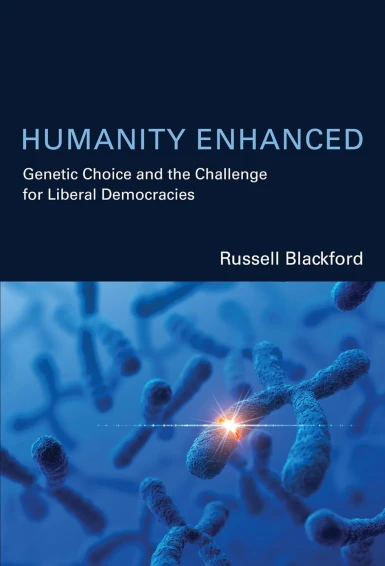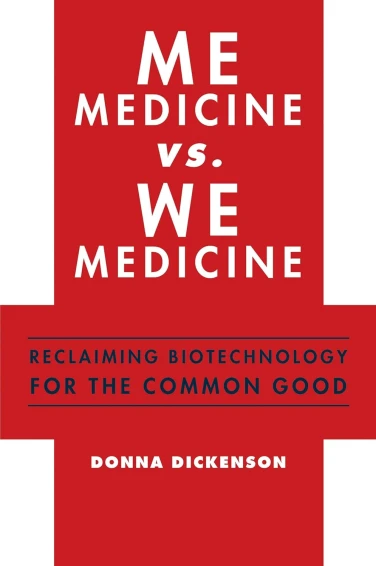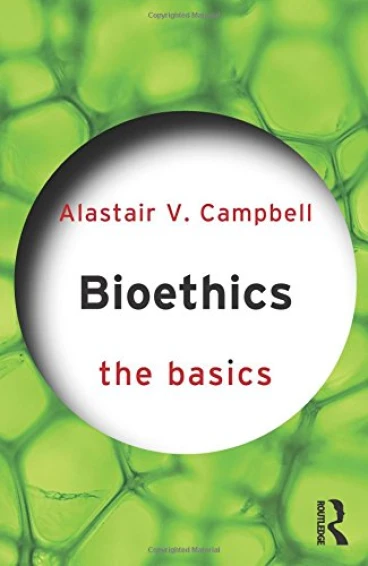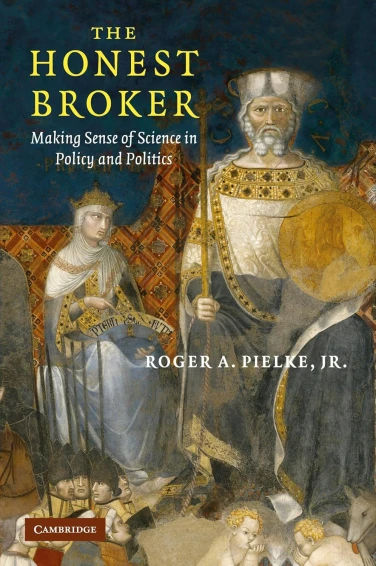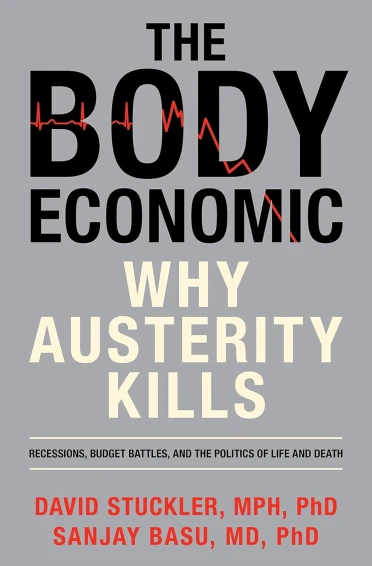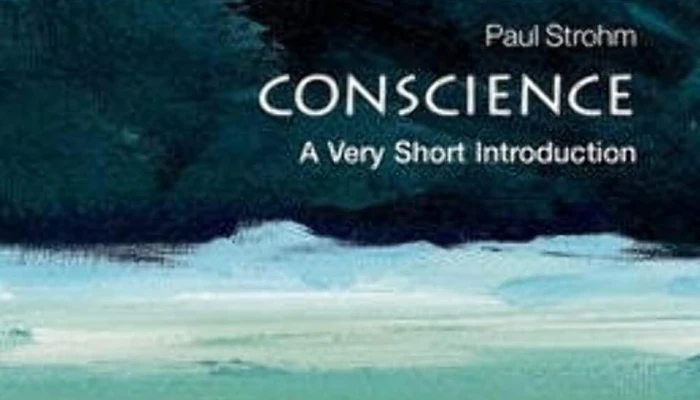
Oxford University Press, 2011
133pp
ISBN 978–0199569694
Reviewed by Dr. Trevor Stammers
Conscience is a very puzzling element of human consciousness, yet such an important one that etymologically, the two words – conscience and consciousness – were indivisible concepts in English up to the 17th Century. Yet only as recently as 2011, has OUP published its Very Short Introduction on the topic as the 273rd volume in this excellent and popular series. Written by Professor of Humanities at Columbia University, Paul Strohm, it takes, as one might expect from such an author, a broadly historical and literary approach in its examination of conscience but one from which bioethicists can learn much of value.
Issues of conscience and conscientious objection still remain at the forefront of many ethical issues with even the most ardent champions of euthanasia and physician assisted suicide recognising that conscience clauses would have to be a necessary element of any proposals to changes in the law in the UK to permit such actions. There are of course still isolated individuals such as Julian Savulescu who seek to dismiss or over–ride the concept of conscience. In an article in the British Medical Journal in 2006, he stated his view that “a doctor’s conscience has little place in the delivery of modern medical care”, but if anything, issues of conscience seem more rather than less prominent in healthcare debates and medico–legal cases alike since then. Strohm’s brief but varied exploration of leads him to conclude “we are far better off with conscience than without it” (p2) and explains why the phenomenon is not so easy to eliminate from our ethical discourse.
I use the word ‘phenomenon’ with deliberation because defining conscience other than in phenomenological language is almost impossible and Strohm is content to offer what he designates as a ‘cultural geography’ of conscience (p3) rather than a formal definition, though concentrating principally on Western civilizations.
In the first century BC, both Julius Caesar and Cicero write about conscience, the latter in Pro Milo describing it as the principal ‘theatre of virtue’ (theatrum vituti) in which we perform for good or ill. However Strohm sees the Christian appropriation of conscience as the major causal factor in the shaping of Western conscience and in particular, Jerome’s choice in the late 4th century of the Latin conscientia for the Greek ‘syneidesis’, in his translation of the New Testament from Greek to Latin. Whereas syneidesis referred solely to an internal quality, conscientia also incorporated an element of external reference to the law and public opinion and thus straddled the inner and outer aspects of human nature. Whilst the outer world was largely shaped by the Catholic Church in the medieval period conscience had a stabilising effect as from without ‘it was furnished with a secure body of content in the form of Christian theology’ (p 11)
Though the contemporary concept of the solitary conscience standing alone against accepted authority was foreshadowed to some extent in Langland’s 14th Century poem Piers Plowman, this transformation of conscience is generally associated with Martin Luther. His 1521 declaration that his conscience was subject only to the words of God as revealed in the bible, marked the rise of the Reformation conscience, bound by the individuals response to God rather than shaped by the institutional Church.
The Secularisation of Conscience
Strohm considers that paradoxically, it was Luther and John Calvin, rather than Enlightenment philosophers who were responsible for the secularisation of conscience during the 17th century. “The Reformation conscience ….maintaining an inherently solitary vigil …often found itself in the position of a lonely spy, parachuted into enemy territory with a shortwave radio and a dying battery, awaiting a message that might never come.”(p27) Indeed Strohm suggests that not only the Peasant’s War in 1525 but also the 17th century English Civil Wars have contending views of conscience at their heart.
It is therefore a further irony that John Locke, a Puritan, whose father was one of the Parliamentary force commanders during the Civil war, should be the first philosopher of the Enlightenment to denounce conscience of the Reformed believer as possibly being “nothing but the strength of his own persuasion”. Though Locke was himself a believer in divine illumination, he maintained that reason, rather than personal revelation, should be the arbiter of the legitimacy of conscience. Conscience could not be its own authority “since some men with the same bent of conscience, prosecute what others avoid”.
Yet unaided reason also remains vulnerable to error or self–interest and it is the 18th century philosophers Immanuel Kant and Adam Smith who turn to what is, according to Strohm, essentially a social consensus as grounding for conscience. Smith anticipates Kant (and Rawls) in his 1759 Theory of Moral Sentiments in suggesting that “We endeavour to examine our own conduct as we imagine any other fair and impartial spectator would examine it”. Kant’s 797 Metaphysics of Morals considers conscience conducting ‘an inner court’ in man but being wholly internal cannot objectively judge itself. Kant’s solution was that “all duties of a man’s conscience will…have to think of someone other than himself…as the judge of his actions, if conscience is not to be in contradiction with itself.”
However, as Strohm points out, with secular consensus filling the void of rejected revelation, conscience is now left at the mercy of unquestioned external public opinion and this is totally at odds with the modern concept of ‘prisoners of conscience’, unjustly imprisoned for opposing what the rest of society thinks. The ascendency of this latter view of conscience, Strohm attributes primarily to John Stuart Mill who in his Essay on Liberty (1859) considers that liberty consists of “first the inward domain of consciousness, demanding liberty of conscience in the most comprehensive sense”. Thus, Mill argues that “the contents of an emancipated conscience” are provided neither by divine revelation, state dictats or social consensus but rather a matter for the single individual. Though Strohm does not comment on this, conscience seems to have thus turned full circle, back to a secularized version of the Reformed conscience of Calvin.
Critics of Conscience
Strohm next turns his attention to three detractors of conscience who consider it illusory, unnecessary or evil. Dostoevsky’s novels Crime and Punishment and Brothers Karamazov are assessed as works which cast considerable doubt upon the validity of conscience, especially the latter with its famous claim of Ivan Karamazov that, without God, “Everything… is permitted, whatever there is in the world and from now on nothing should be forbidden.”
The philosopher Nietzsche’s Genealogy expressed exactly the same idea that everything is permissible and views the bad conscience as a “serious illness” and a pathological introjected self–punishment, the tyranny of which we need to overcome and elude, though he is not optimistic that this will happen anytime soon in man’s evolution.
It is this pervasive insinuation of conscience that led the psychoanalytic theory of Sigmund Freud to interpret its voice at that of a punitive and overbearing father, “An explanation of (conscience) presents no difficulties; it is due to tension between the ego and ego–ideal and is the expression of a condemnation of the ego pronounced by its criticising function.” Thus the potential for self–division is an ever–present threat to the psyche and “Freud joins Dostoevsky and Nietzsche in presenting the operations of conscience ..more as an inescapable dilemma than as a vital human resource”. (p71)
Conscience as A Civil Right?
Since Strohm himself thinks “we are far, far better off with conscience than without it” (p2), he next turns his attention to the question that if conscience is such a good thing, should conscientious objection therefore be a civil right? He uses the example of conscientious objection to military service, from early Christian pacifism to the current ‘targeted’ objection of Israeli soldiers confining their active service to the 1967 boundaries of Israel, to conclude that Western societies have overall, been willing to accommodate, rather than punish, conscientious objectors to participation in active warfare.
He then turns attention to the bioethical question of healthcare professionals’ conscientious objections to various ‘services’ generally considered to be an everyday part of medical provision. Taking as his examples the 2010 cases of pharmacists refusing on conscience grounds to dispense ‘morning after’ pills in Massachusetts, and UK Relate counsellor Gary McFarlane’s conscientious objection to providing sex therapy to homosexuals, Strohm considers that as for pacifists, Western society considers “some deference is owed to persons of religious or moral scruple, so long as (it) does not compromise the right of patients to safe and prompt treatment” (p83).
Bearing in mind that conscience “supplies a critical bridge between conviction and action”(p93), Strohm then explores the implications of the 1948 UN Universal Declaration of Human Rights statement that ‘Everyone has the right to freedom of religion, conscience and thought’ in the light of such areas as global cultural diversity and the fact that however well intended conscience can get it badly wrong, as the self–professed ‘good’ conscience of most Nazis readily attests. This example however does illustrate the inadequacy of Strohm’s suggestion that ‘personal conscience works best when it finds some point of attachment with shared belief” (p91), though he does acknowledge the problems inherent in this ‘resolution’.
The Inescapability of Conscience
In the final chapter, using the examples of Augustine’s Confessions, Defoe’s Robinson Crusoe and R L Stevenson’s Markheim, Strohm argues for what he calls the ‘liminal’ voice of conscience, “operating simultaneously on the inside and the outside, …mediating between the self and the world” (p101) and in order to exercise this function it has to utilise speech, characterised by Hegel as “the self–consciousness that subsists for others”. Indicating the similarities between language and conscience Strohm suggests that “conscience may even be regarded as a special instance of speech itself” (p 102 italics his). He concludes with an analysis of the Abu Ghraib atrocities to illustrate the paradox of the persistence of conscience. “Western traditions of conscience cannot be said to have served the protagonists of Abu Ghraib well…But conscience remains the ethical field upon which, for those in Anglo–American and European traditions, a cry of indignation is most likely to be raised”(p121).
Perhaps this explains why the BMJ had one of its largest online responses ever to Julian Savulescu’s attack on conscientious objection on the part of healthcare workers. “What are the editors of a once fine journal of medical knowledge doing, to let such an opinion piece be published?” asked one whilst another despaired that, “After 30 years of reading the BMJ, Savulescu’s article was the first to make me feel physically sick”. Perhaps bioethicists should take issues of conscience more seriously rather than seeking to deny its relevance. It is not, as Strohm demonstrates in this book, easily silenced.
Dr Trevor Stammers
Programme Director in Bioethics and Medical Law
St Mary’s University College, London




